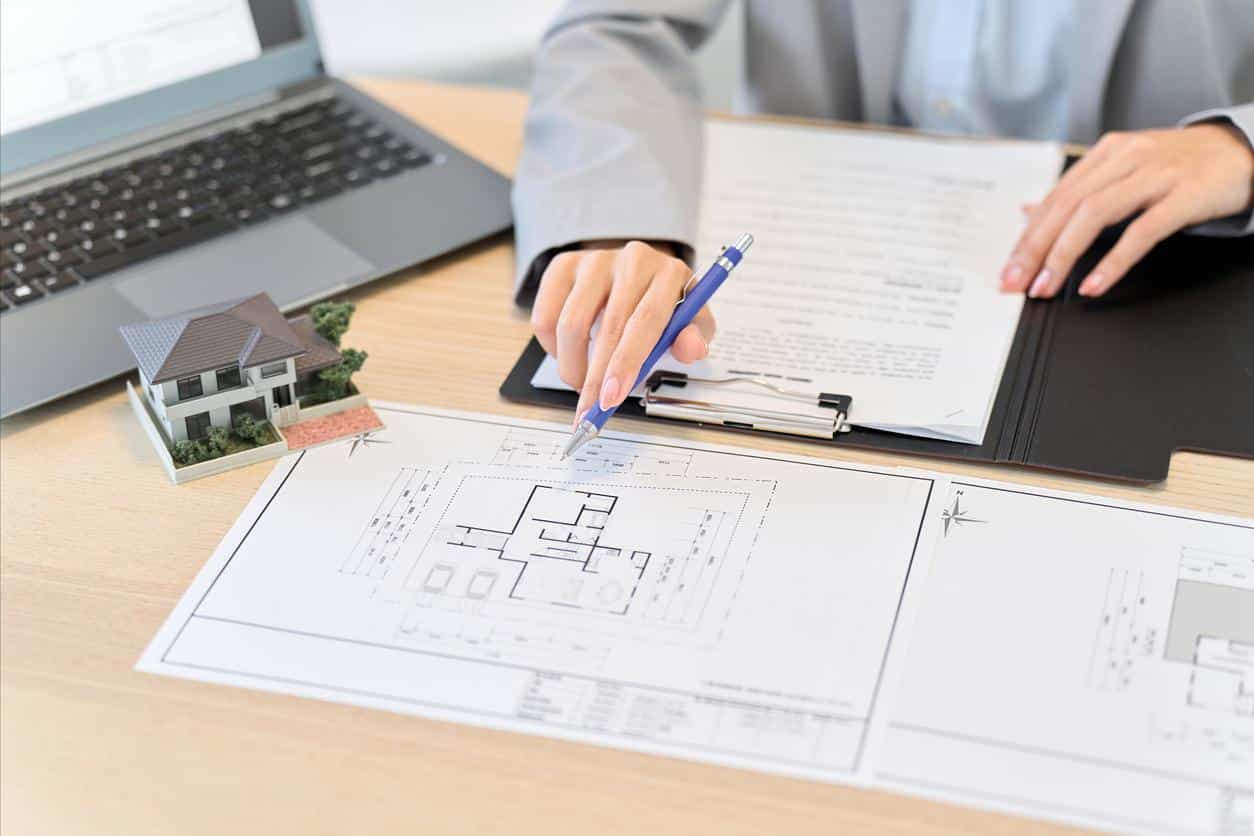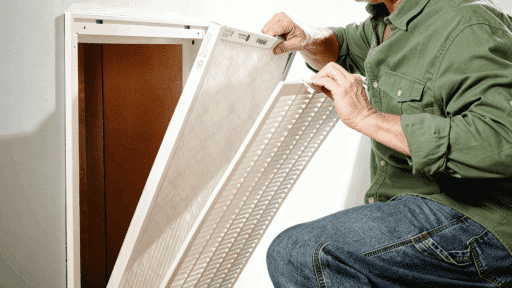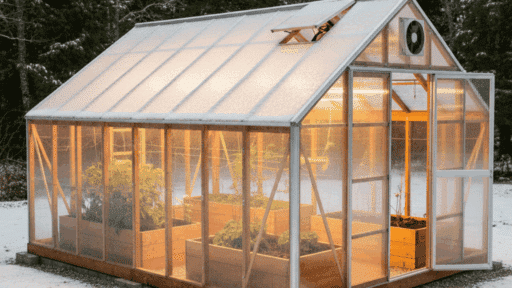Planning a custom home is an exciting yet complex process that requires careful thought and preparation. The timeline for construction typically ranges from 8 to 14 months, depending on factors like weather, the size of the home, and the level of finishings. To ensure success, define your vision, set a realistic budget, and collaborate with experienced professionals who can bring your ideas to life while navigating potential challenges along the way.
Table of Contents
- Factors That Influence Construction Time
- Best Tips for Planning Your Custom Home
- What to Expect During the Construction Process
Imagine crafting a space that reflects your unique lifestyle – a place where every detail aligns with your tastes and needs. Building a custom home offers this opportunity, but it also demands thoughtful planning and expertise. From selecting the perfect lot to finalizing intricate design elements, each step shapes the outcome.
Working with luxury custom home builders ensures you have knowledgeable partners guiding you through decisions about materials, timelines, and more. This journey may take anywhere from 8 to 14 months, influenced by variables like weather and finishes, but the result is a home tailored specifically to you.
Factors That Influence Construction Time
Building a custom home is a dynamic process, and understanding the variables that affect timelines can help you set realistic expectations. While the construction of a custom home typically takes between 8 to 14 months, several factors can either shorten or extend this timeframe. Here’s a closer look at what might influence your project:
Weather Conditions
Unpredictable weather can significantly impact construction schedules. Heavy rainfall, snowstorms, or extreme heat may delay outdoor tasks like foundation work or roofing. Planning for seasonal challenges in advance can help mitigate delays.
Size and Complexity of the Home
Larger homes naturally require more time to complete due to the increased scope of work. Similarly, intricate designs with unique architectural features or custom detailing demand additional craftsmanship, which can extend the timeline.
Level of Finishings
High-end finishes such as custom cabinetry, imported tiles, or specialized flooring often involve meticulous installation processes. These premium touches, while enhancing the home’s beauty, can add weeks or even months to the construction schedule.
Site-Specific Challenges
The condition of the building site also plays a role. A flat, easily accessible lot is quicker to develop than a steeply sloped or rocky terrain that requires extensive preparation. Conducting a thorough site assessment early on can prevent unforeseen delays.
Best Tips for Planning Your Custom Home

Creating a custom home is a once-in-a-lifetime opportunity for many, and proper planning is the key to ensuring the process goes smoothly. Here are some expert tips to help you navigate this exciting journey:
Define Your Vision and Priorities
Before diving into blueprints or meeting with builders, take time to clarify your goals. Start by envisioning how you want your home to feel – cozy and intimate, or open and airy? Consider practical aspects as well:
- How many bedrooms and bathrooms do you need?
- Do you value energy efficiency, smart technology, or outdoor living spaces?
- Are there specific architectural styles that inspire you?
Documenting your preferences early on will not only streamline decision-making but also ensure your builder fully understands your vision.
Set a Realistic Budget
One of the most common pitfalls in custom home building is underestimating costs. Begin by determining how much you’re willing to invest, then break it down into categories like land acquisition, construction, permits, and finishing touches. Don’t forget to include a contingency fund – typically 10–15% of your total budget – for unexpected expenses. A clear financial plan will keep you grounded and prevent costly surprises later.
Research and Select Reputable Builders
Choosing the right team is crucial to bringing your dream home to life. Look for builders with a proven track record in custom homes, particularly those experienced in projects similar to yours. Review portfolios, read client testimonials, and schedule consultations to gauge their approach and communication style. A builder who listens to your ideas and offers thoughtful suggestions is worth their weight in gold.
Account for Weather and Site Conditions
Weather can be a wildcard in any construction project. If you’re building in an area prone to harsh winters or heavy rainfall, factor these challenges into your timeline. Additionally, assess the site’s terrain – a flat lot is easier and faster to develop than a sloped or uneven one. Addressing these considerations upfront will help you avoid unnecessary delays.
What to Expect During the Construction Process
Once your plans are finalized and permits are secured, the construction phase begins. While timelines can vary based on factors like weather, site conditions, and design complexity, understanding the key milestones can help you stay informed and engaged throughout the process. Here’s a breakdown of what typically happens during the construction of a custom home:
Site Preparation
The first step involves clearing and levelling the land to create a stable foundation for your home. This stage may also include installing temporary utilities and access roads for construction vehicles. Site preparation is critical and sets the tone for the rest of the project.
Foundation Work
After the site is ready, the foundation is laid. Depending on your home’s design and the soil conditions, this could involve pouring a concrete slab, constructing a basement, or building a crawl space. Proper curing time for the foundation is essential, and weather conditions can sometimes impact this phase.
Framing
The home begins to take form as the walls start to go up, with the actual structure of your home in place. The stage includes the construction of walls, floors and roofs. Framing allows you to really feel your home configuration and see the end product in its first physical appearance.
Mechanicals
Then the mechanical systems are in, plumbing, electrical, and HVAC. This stage will make sure your house has the available facilities to make it comfortable and functional. Inspections usually occur at this stage to make sure that all regulations of the local building codes are met.
Drywall and Insulation
When the mechanicals have been installed, walls and ceilings are insulated to enhance energy-efficient use. Drywall comes next, which is smooth and offers a surface to be painted and finished with. This stage makes a raw layout livable.
Finishing Touches
The last step is on aesthetics and details. The processes that happen during this stage include flooring, cabinetry, countertops, fixtures, and paint. These components actualize your dreams and will give a sense of the style in which your personal home is built.
Final Thoughts: Turning Your Vision Into Reality
Getting a custom home constructed is more than a building project- it is a unique experience that brings one into the real process of converting thoughts into a physical home that one can call his or her own. By ensuring to put in the effort to plan thoroughly, liaise with competent professionals, and keep an open mind to changes and constant evolutions, you can end up having a home that defines your own lifestyle and the way you are aiming to live.








